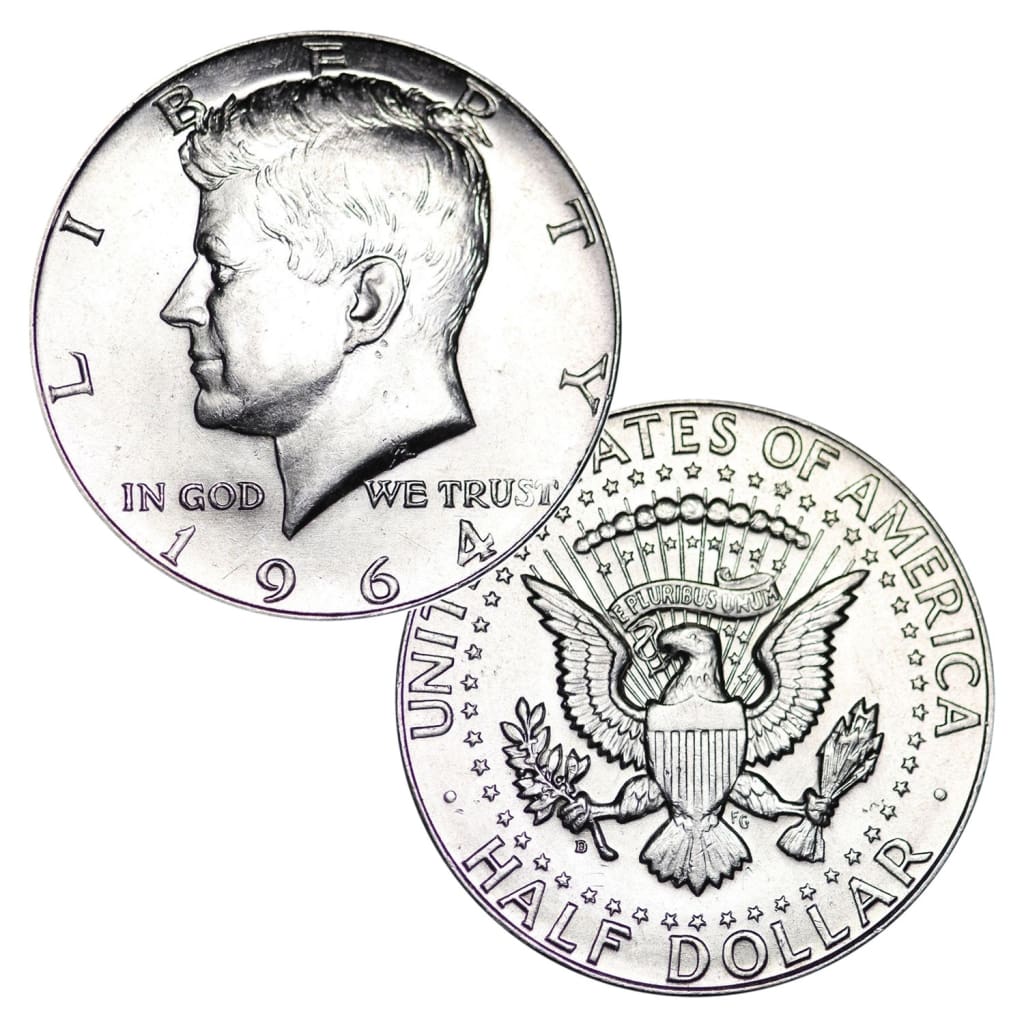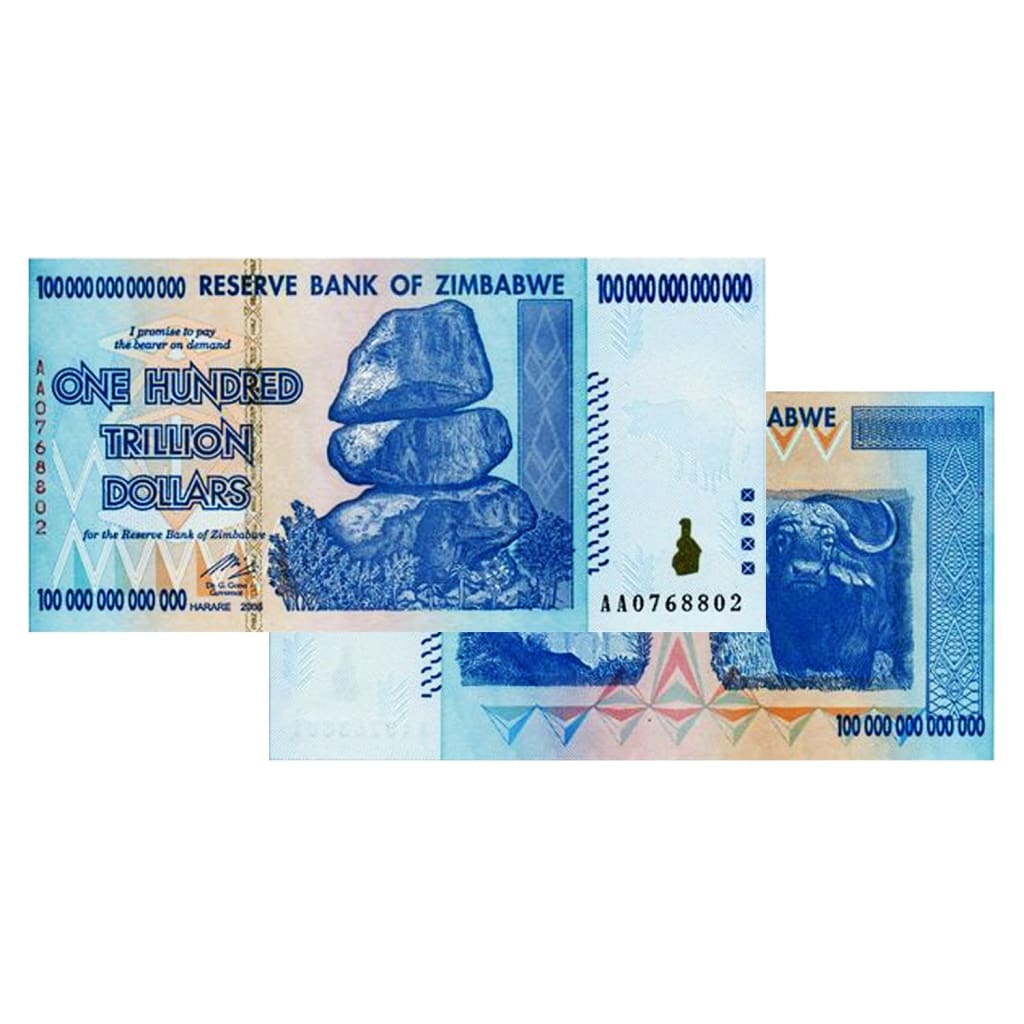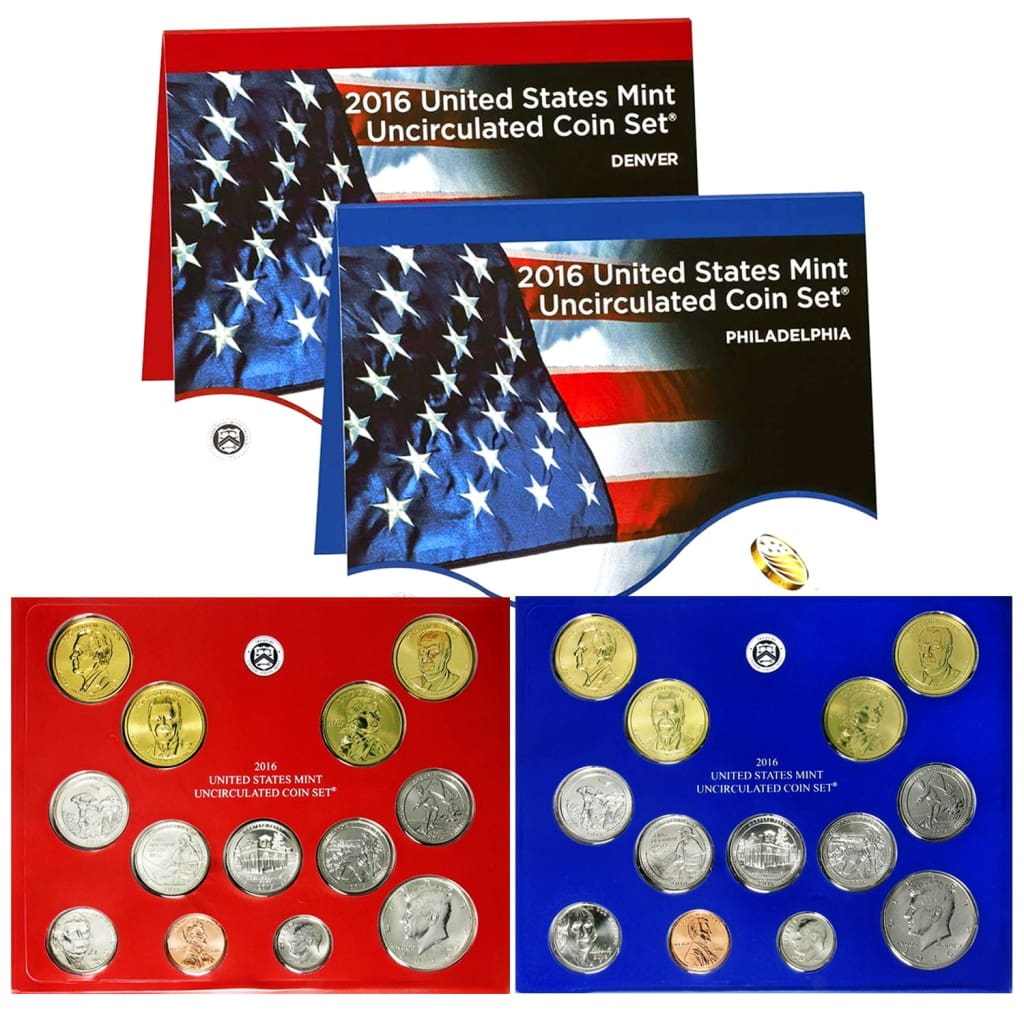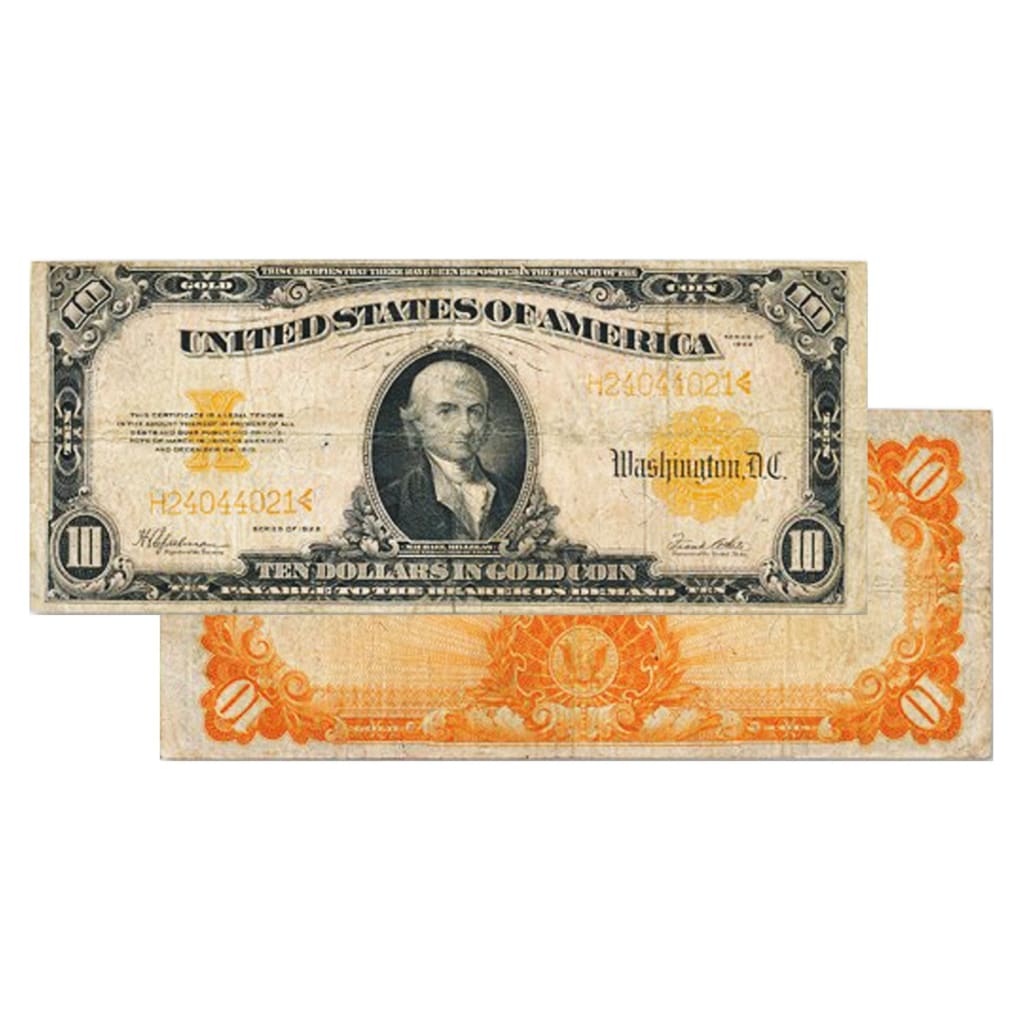.999 1/10 Ounce Gold South African Krugerrand
When The Republic of South Africa was established in 1961, it chose to have its own national currency instead of continuing to use the South African pound, which was based on the English currency system. They chose to name the new currency the rand, taken from Witwaterrsrand, translated as “white waters’ ridge,” the area where Johannesburg is built and where most of the country’s gold deposits were found in the late 19th century.
A Brief History of South Africa
The history of South Africa is fascinating. As European explorers set about to find trade routes to Asia, they navigated around the Cape of Good Hope and established provisioning outposts along its coast. The first settlers were Portuguese, but a large Dutch migration in the 1650s led to emigres from that nation becoming the dominant European population. As European colonization of Africa spread, political and economic confrontations led to numerous conflicts, enhanced by the discovery of large deposits of diamonds in 1867 and gold in 1884. England sought to wrest control the region from the Dutch Afrikaaner and Boer settlers, leading to the Boer Wars over the turn of the 19th century. While ultimately victorious, the British continued to face strong nationalistic resistance and ultimately consolidated four territories as the semi-autonomous South African Republic. A leader of the nationalists was a Dutch Afrikaaner named Paul Kruger, considered by some as the father of South Africa and by others as a symbol of the white oppression of black natives through a succession of measures that ultimately resulted in the apartheid laws of 1948.
Gold Krugerrands Issued in 1967
After independence in 1961, the nation’s currency, originally set at 1.40 U.S. dollars, fell precipitously during the 30-year anti-apartheid struggles and the economic dislocations that resulted. To help market South African gold and gain valuable foreign currency, the government began issuing gold Krugerrands in 1967. The name is a compound of that of Paul Kruger and the national currency, the rand, and bears Kruger’s portrait on its face.
One-Krugerrand Coin Production and Fractional Issues
Originally minted as 91.67% gold alloyed with copper for durability, the One-Krugerrand coin contains a full troy ounce of gold. And like its home country, the Krugerrand has not been without controversy. During the ‘70s and ‘80s, several Western countries banned its import due to the government’s racial policies. Thus, the production of Krugerrands has varied considerably over its life, but by 1980, it still accounted for 90% of the global market of gold coins.
To further enhance its marketability, beginning in 1980, the South African mint began producing fractional issues of the coin in half-, quarter-, and tenth-troy ounce denominations. To date, over 50 million ounces of gold have been sold as Krugerrands.
1/10 Troy Ounce South African Gold Krugerrand Coin
The Great American Coin Company® is pleased to offer the beautiful 1/10 troy ounce South African Gold Krugerrand coin. It features the likeness of Paul Kruger and the inscription “South Africa” in Afrikaans and English on its face, and an image of the Springbok antelope, the national animal of South Africa on its reverse.The tenth-ounce gold Krugerrand is an affordable way to add gold to your portfolio, but supplies of the coins are limited, so act now before they’re gone.
South African Gold Krugerrands are just one of the many items of collectible currency from around the world that we carry, along with U.S. coins and paper money, that make great gifts for year-round giving. Don’t wait to get your holiday order in, though. Our inventory is constantly changing, and some items sell out quickly, so be sure to check back often.





